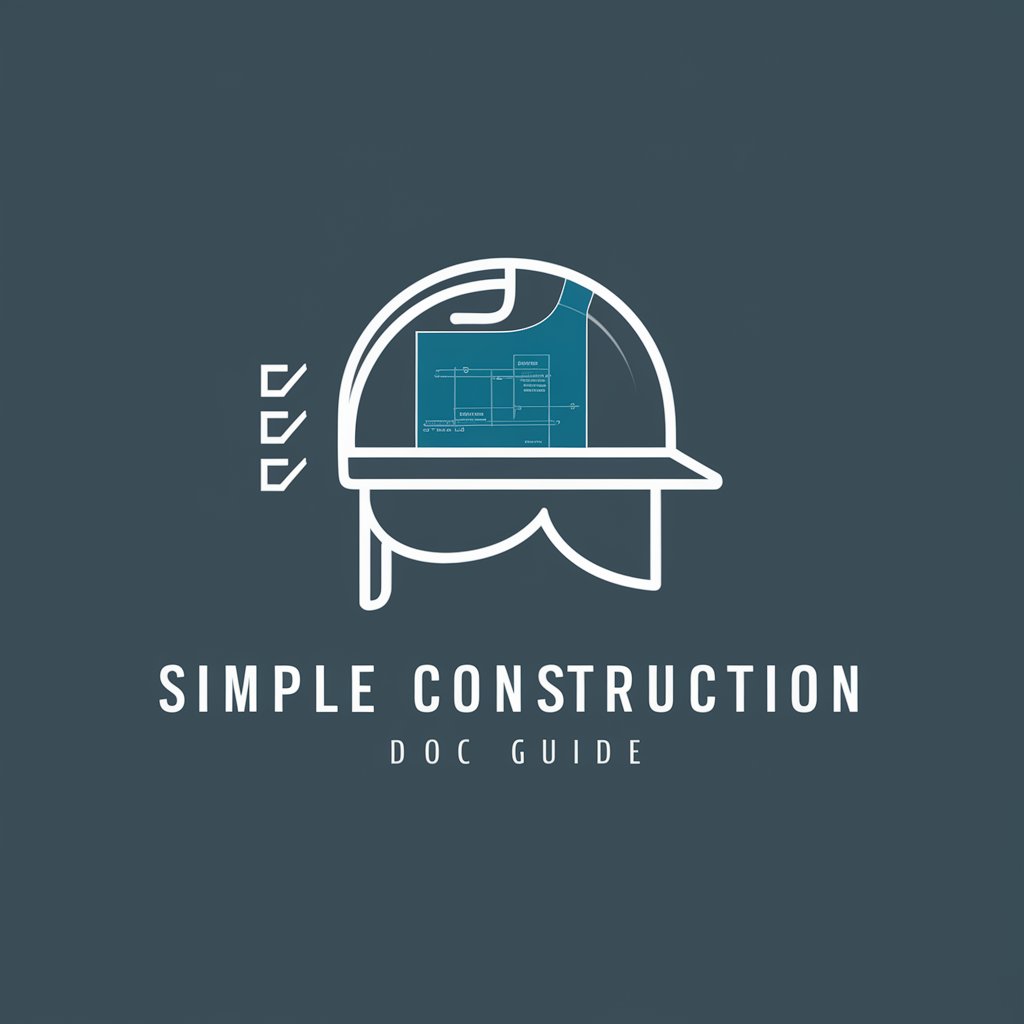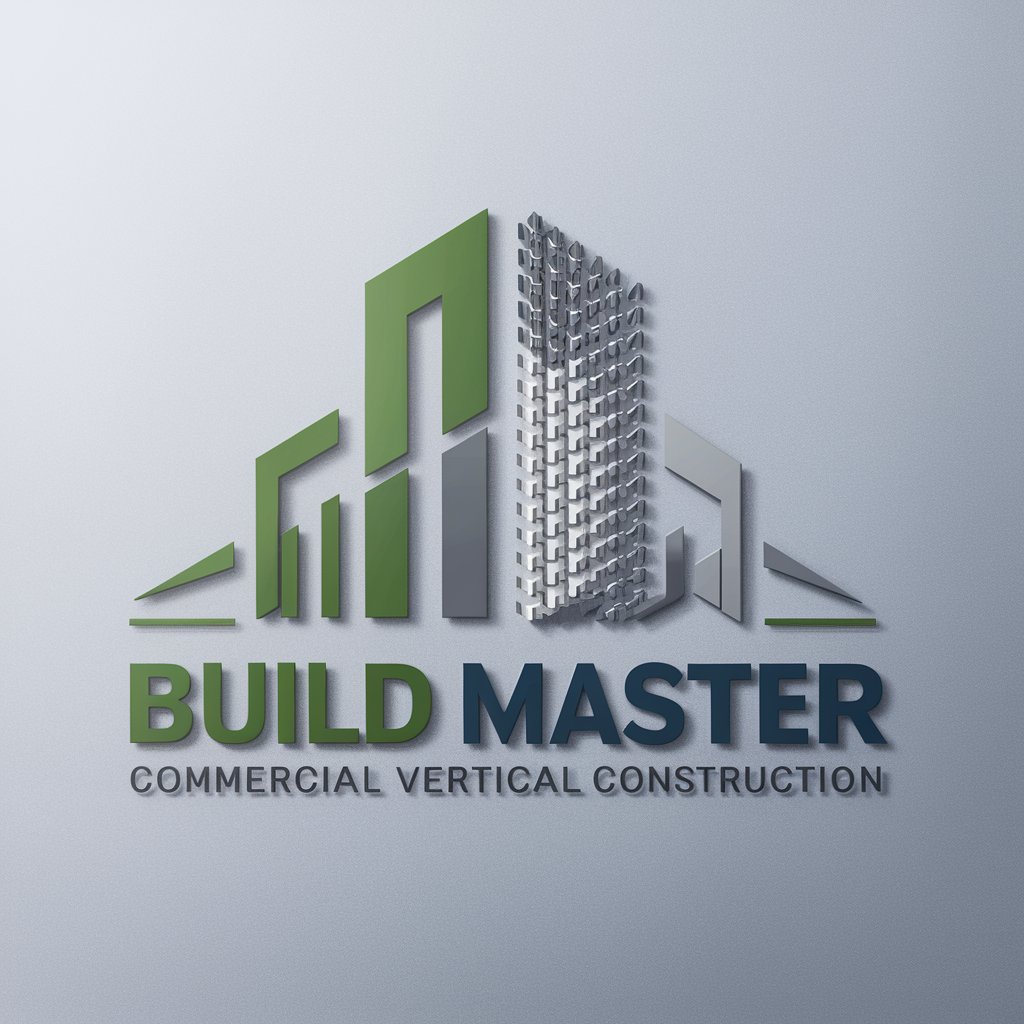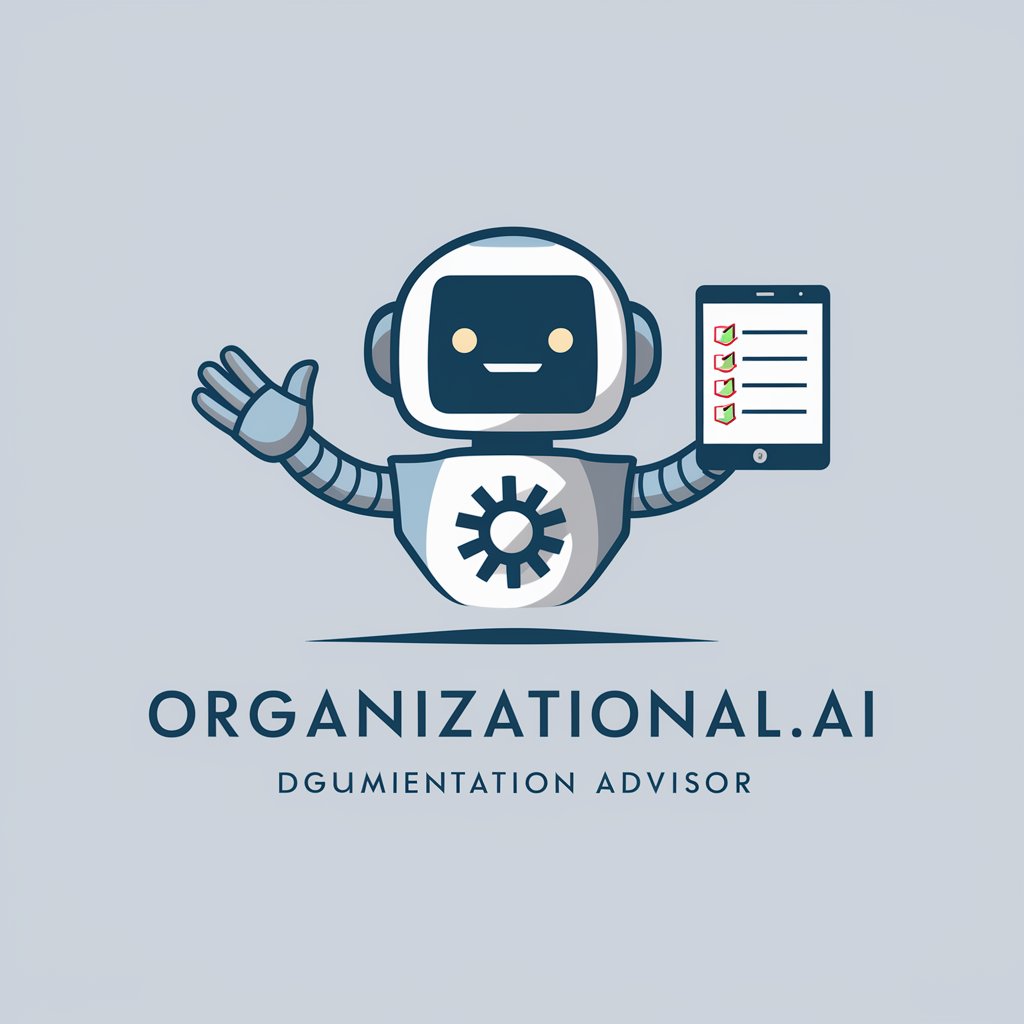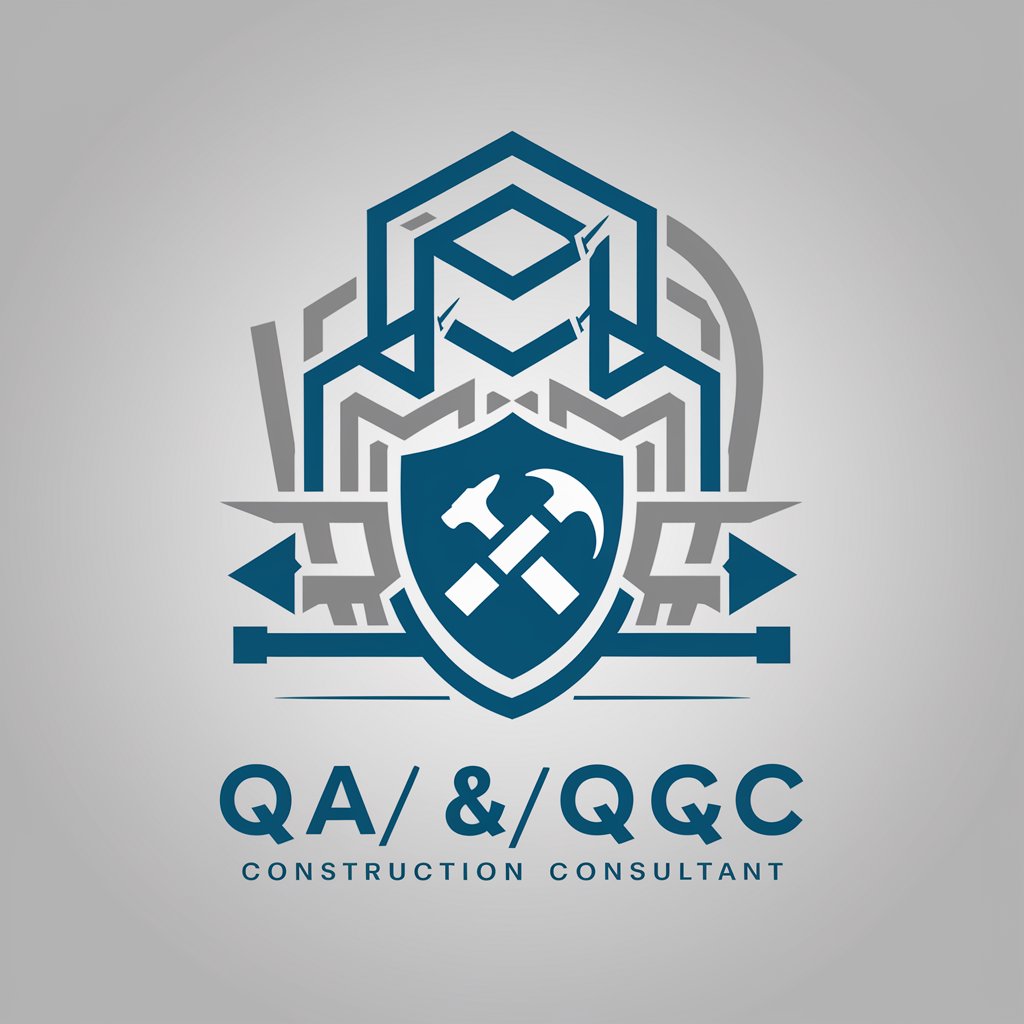
Project Delivery Handbook (Construction) - Construction Project Guidance

Welcome! Let's build a successful project together.
AI-powered Construction Project Solutions
How can I effectively manage risks in construction projects according to industry standards?
What are the key stages in the RIBA Plan of Works 2020?
Explain the integration of sustainability practices in construction project delivery.
Provide a checklist for compliance with BS8536: 2022 in construction projects.
Get Embed Code
Overview of Project Delivery Handbook (Construction)
The Project Delivery Handbook (Construction) is a comprehensive guide designed for the construction industry, focusing on effective project management and delivery. It integrates vital industry standards such as CIBSE requirements, RIBA Plan of Works 2020, BS8536: 2022, and NEC 3 and 4 contracts, alongside Works Information or Scope. The handbook serves as a practical tool, offering insights into each stage of a construction project. It emphasizes sustainability and green building practices, addressing areas like risk management, technology integration, legal compliance, stakeholder management, financial management, and project closure with post-construction analysis. For instance, in a scenario involving the integration of sustainable technologies in a building project, the handbook provides guidelines on selecting appropriate technologies, assessing their impact, and ensuring compliance with environmental standards. Powered by ChatGPT-4o。

Key Functions of Project Delivery Handbook (Construction)
Guidance on Industry Standards and Practices
Example
For a project manager working on a large-scale construction project, the handbook offers detailed explanations of RIBA stages, NEC contract types, and BS8536: 2022 compliance. It helps in drafting Works Information documents that align with project requirements.
Scenario
Developing project documentation for a new commercial building.
Sustainability and Green Building Practices
Example
In a residential development project aiming for LEED certification, the handbook provides strategies for incorporating sustainable materials, energy-efficient systems, and waste reduction methods.
Scenario
Designing and constructing an eco-friendly residential complex.
Risk Management and Legal Compliance
Example
For a project facing potential legal challenges due to regulatory changes, the handbook offers insights into risk assessment, mitigation strategies, and maintaining compliance with evolving construction laws.
Scenario
Navigating legal complexities in a refurbishment project.
Financial Management and Cost Control
Example
In a scenario where a project is at risk of budget overrun, the handbook provides methodologies for cost estimation, budget tracking, and financial reporting, ensuring the project remains financially viable.
Scenario
Managing budget for a multi-phase construction project.
Stakeholder Management and Communication
Example
For a project with multiple stakeholders, including local authorities, contractors, and investors, the handbook suggests effective communication strategies and stakeholder engagement techniques to ensure alignment and support.
Scenario
Coordinating with diverse stakeholders in a public infrastructure project.
Technology Integration and Project Closure
Example
In a project employing advanced construction technologies like BIM, the handbook guides on integrating these technologies effectively and details steps for project closure, including post-construction analysis and handover.
Scenario
Implementing BIM in a large-scale development project.
Target Users of Project Delivery Handbook (Construction)
Project Managers and Construction Managers
These professionals benefit from the handbook's comprehensive coverage of project management principles, industry standards, and practical tools for managing complex construction projects efficiently.
Architects and Engineers
The handbook aids these users in understanding the integration of design with construction processes, ensuring compliance with standards like RIBA and CIBSE, and aligning their work with project delivery objectives.
Sustainability Consultants
Specialists in green building and sustainability find the handbook valuable for its emphasis on sustainable practices, environmental compliance, and strategies for implementing eco-friendly solutions in construction projects.
Contractors and Subcontractors
These users benefit from the handbook's guidance on contractual obligations, effective execution of works, risk management, and adherence to safety and quality standards in construction.
Government and Regulatory Bodies
Officials and inspectors use the handbook to ensure construction projects comply with legal standards, regulatory requirements, and best practices in the industry.
Real Estate Developers
Developers leverage the handbook for insights into project feasibility, stakeholder management, market trends, and ensuring projects are delivered on time, within budget, and to the required quality.
Students and Academics in Construction Fields
The handbook serves as an educational resource, offering a comprehensive view of the construction process, industry standards, and the latest trends and technologies in the field.

How to Use the Project Delivery Handbook (Construction)
Start Your Free Trial
Access a complimentary trial at yeschat.ai, with no sign-up or ChatGPT Plus subscription required.
Explore the Handbook
Familiarize yourself with the handbook's structure, focusing on the CIBSE requirements, RIBA Plan of Works 2020, BS8536: 2022, NEC contracts, and more.
Identify Your Needs
Determine which phase of your construction project you're in, and what information or tools you need, such as checklists, templates, or case studies.
Apply Insights
Utilize the handbook's insights on sustainability, risk management, and stakeholder management to optimize your project's delivery.
Review and Implement
Regularly review the handbook's guidelines and best practices as your project progresses, adjusting your strategies as necessary.
Try other advanced and practical GPTs
Team Transformer
Transforming Teams with AI

Survey Designer
Craft Surveys Smartly with AI

Methodist Ministry Assistant
Enriching Methodist Ministry with AI Insight

Traditional Chinese Medicine Expert
Unlocking Ancient Wisdom with AI

HEC-Commander GPT Assistant
AI-powered hydrologic modeling assistant

Assistant to the Evidence-Based Manager
Empowering Decisions with AI-Powered Evidence
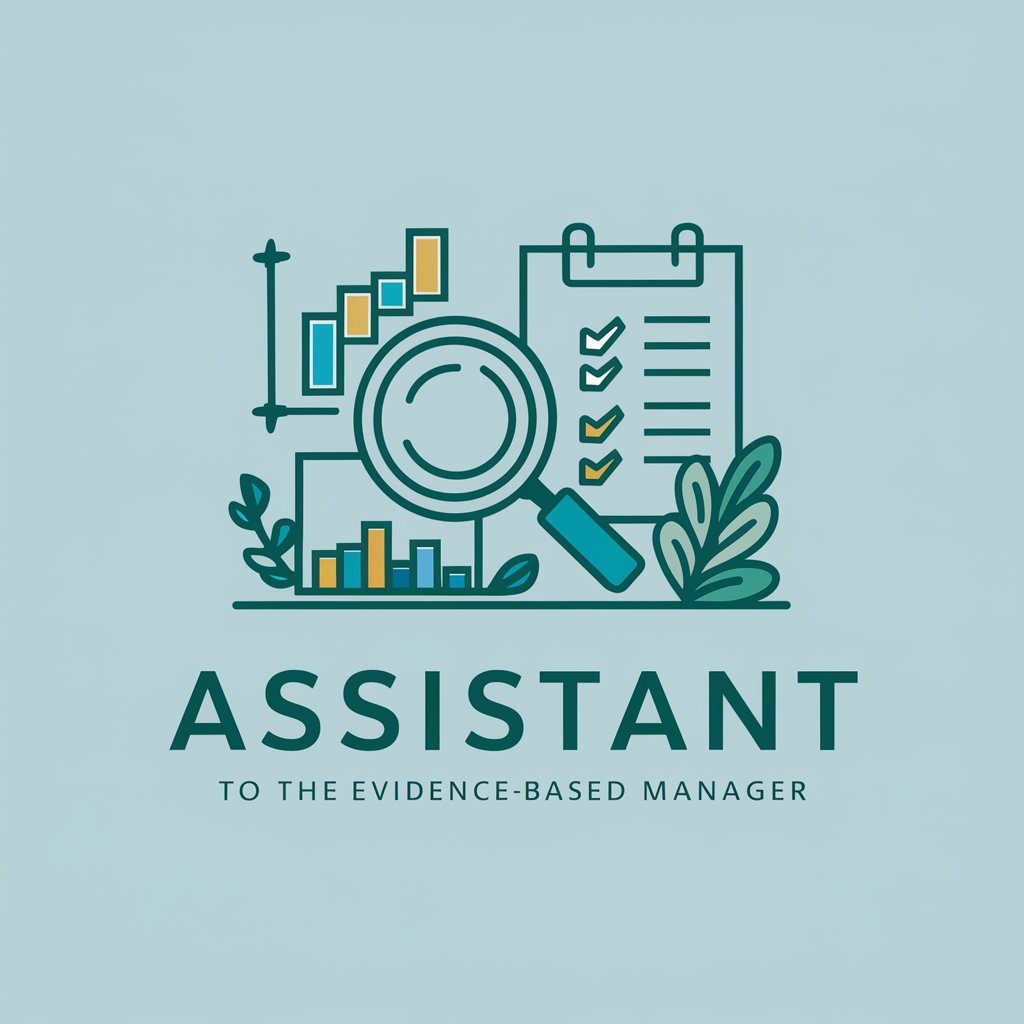
Sales Playbook Builder GPT
Craft Your Sales Strategy with AI
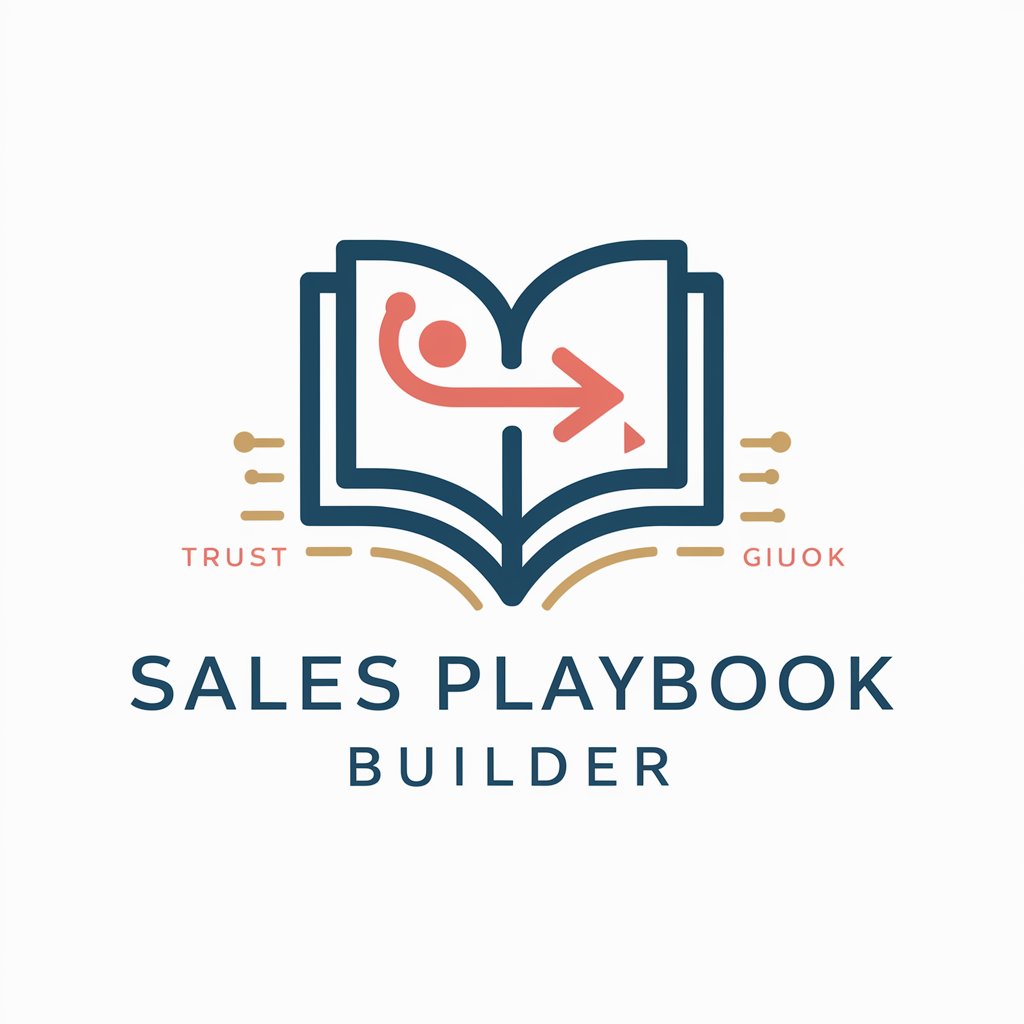
Feasibility Sage
Empowering Decisions with AI Insights

みんなでブレスト!
Unlock creativity with AI-powered brainstorming

Blockify
Transforming memories into Minecraft masterpieces.

Fantasy Football Comedian
Transform stats into laughter.

ABB
Empowering Innovation with AI-driven Solutions

FAQs about Project Delivery Handbook (Construction)
What is the RIBA Plan of Works 2020 and how is it incorporated?
The RIBA Plan of Works 2020 outlines the stages of a construction project from conception to completion. This handbook integrates it by providing corresponding tools, templates, and guidelines for each stage, ensuring alignment with industry standards for project delivery.
How does the handbook address sustainability?
Sustainability is a core focus, incorporating green building practices, sustainability assessments, and guidance on achieving certifications like LEED or BREEAM. It offers strategies for minimizing environmental impact through efficient resource use and sustainable materials selection.
Can this handbook help with stakeholder management?
Yes, it includes strategies for effective stakeholder management, such as communication plans, stakeholder mapping, and engagement techniques. This ensures all parties are aligned and informed throughout the project lifecycle.
Does the handbook provide legal and regulatory guidance?
It covers essential legal and regulatory compliance aspects relevant to construction projects, including contract management with NEC 3 and 4, adherence to BS8536: 2022 standards, and navigating building regulations and planning permissions.
How can I use the handbook for risk management?
The handbook offers comprehensive tools for identifying, assessing, and mitigating risks at each project stage. It includes risk management plans, checklists, and case studies to illustrate effective risk management practices.

